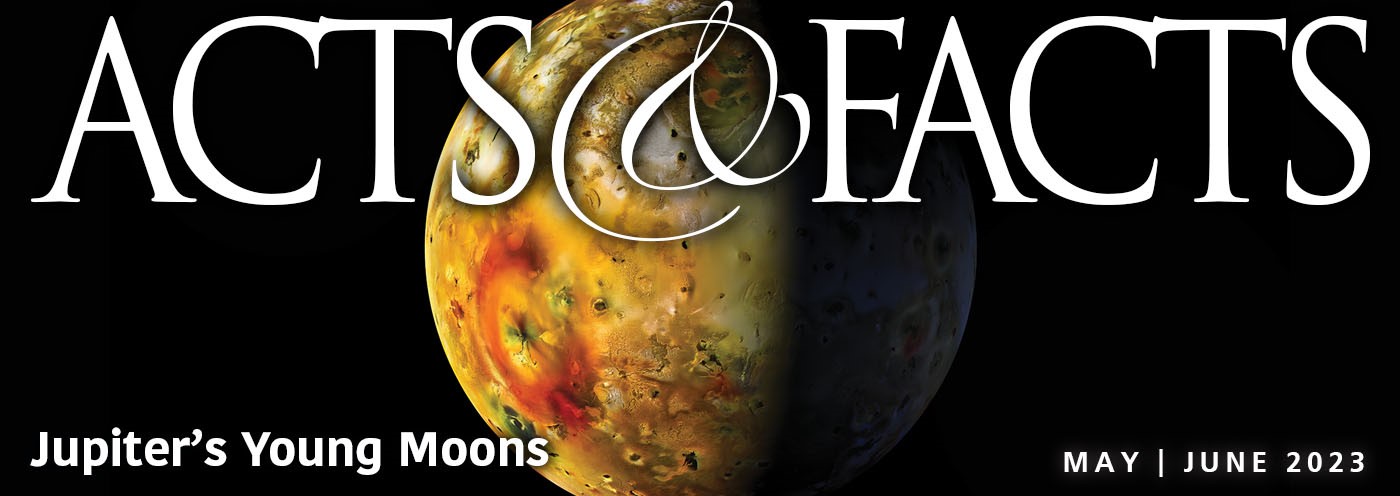Search Tools
New Defender's Study Bible Notes
9:3 nor his parents. Jesus here confirms the truth made so emphatic in Job. That is, physical infirmities or other human sufferings are not at all necessarily related to human sin. God has often allowed sufferings for reasons known only to Him, but always with good reason, as confirmed in Romans 8:28.
9:4 I must work. Jesus Christ, the Creator, has rested from His work of creation (Genesis 2:1-3). However, in His work of conservation (Hebrews 1:3) and redemption, He is still very active (also see John 5:17).
9:6 with the clay. This blind man had not asked for healing, as others had (e.g., Mark 10:46-52), and thus had not yet exhibited any kind of trust in Jesus. This is probably why Jesus used a process, rather than merely a word, to heal on this occasion. The man whose eyes had been anointed with the clay still had to exhibit faith by washing in the pool of Siloam before he could see.
9:7 pool of Siloam. This pool still exists in Jerusalem, receiving water through Hezekiah’s tunnel (II Kings 20:20) from the Gihon Spring. Its name is said, apparently providentially to refer to Messiah, “the One Sent.” Possibly it was named because of the miraculous deliverance of the city from the Assyrians during Hezekiah’s reign (II Kings 19:35).
9:7 and came seeing. This is the sixth miracle of creation to be selected and described by John to demonstrate Christ’s deity. See the note on the first such miracle (John 2:11; also John 20:30, 31).
9:22 put out of the synagogue. This was a threat of excommunication, not only from access to the religious activities in the synagogue, but also from Jewish business and social life in general.
9:30 a marvellous thing. This is marvelous sarcasm. These men professed to be teachers of the laws and works of God, yet knew nothing about the uniquely powerful teacher sent from God.
9:34 cast him out. That is, they put him out of the synagogue, the threat which had intimidated his parents.
9:38 Lord, I believe. Faith requires both a willing heart and knowledge concerning the object of faith. As soon as the blind man knew who Jesus claimed to be, he believed.






